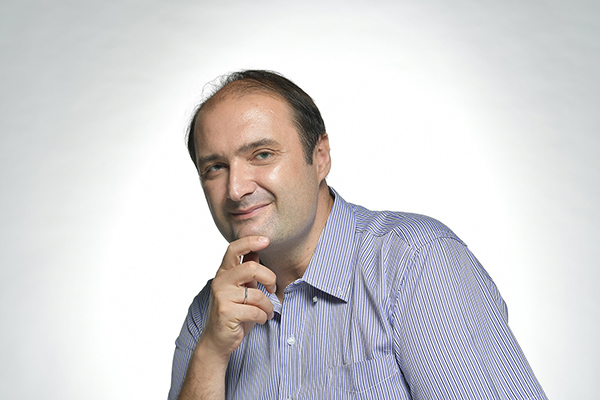
Professor Horst Hohberger of the University of Michigan – Shanghai Jiao Tong University Joint Institute (UM-SJTU JI) was selected as one of the five winners of 2018 Teaching Excellence Award at SJTU. SJTU President Lin Zhongqin presented the award in a ceremony hosted by the university’s Center for Teaching and Learning Development on September 26.
The Teaching Excellence Award has been established to improve the teaching quality of SJTU faculty, with emphasis on taeaching excellence and promoting advanced cultural environment. The awards aim to reward teachers who have dedicated themselves to helping students learn effectively. The selection of the winners is based on student evaluations of their teaching.
Upon receiving the award, Professor Hohberger shares his teaching experience and philosophy with the article as below.
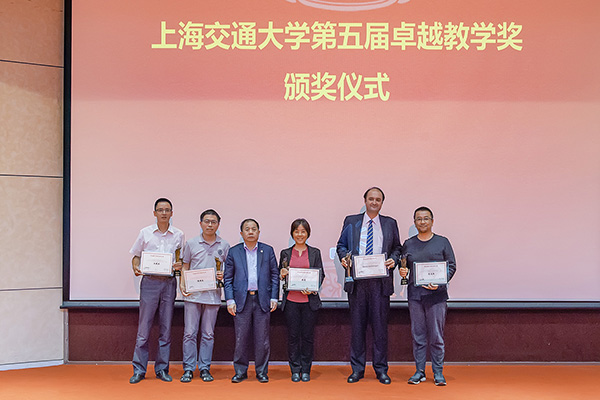
When I started teaching at the newly-founded Joint Institute in 2007, I was a fresh PhD with the head full of mathematical theory and only limited teaching experience. As a student, I had worked as a teaching assistant, trying to help students understand the abstract concepts they learned in the professor’s lecture by translating “professor-speak” into “student-language”. I had discovered that I loved teaching new things to students: it gave me great pleasure to see a previously-incomprehensible theorem become a thing of simplicity, beauty and even obviousness in a student’s mind.
So I had decided to enter a teaching career. But at the same time, my experience of lectures was extremely classical: a physical classroom, a blackboard, chalk and a piece of cloth and bucket of water for wiping – that was all that was needed or used when I was a student.
The few professors at my home university who had dared to use foils and overhead projectors (mostly young and “cool” physics professors) invariably filled them with too many formulas, pictures and sketches and spoke at a rapid pace, switching foils like a poker player shuffles cards, making their lecture impossible to follow.
So to say that I was skeptical of new technology (“new” meaning anything more current than what was already used in the 18th century) is an understatement.
Thesis
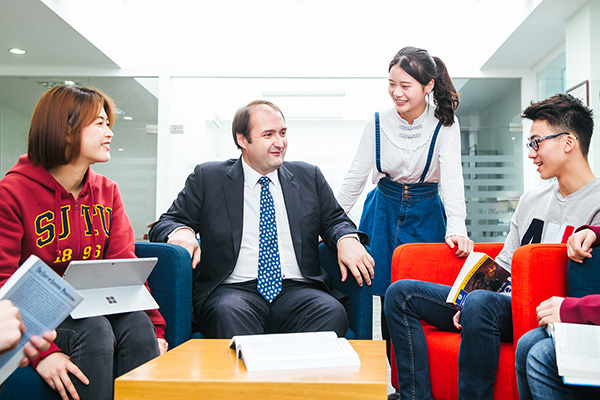
In my first class I found myself standing in front of 200 students. That was not in itself unusual. As a student, I had sat in larger classes. So I started to give a traditional, conservative lecture. However, I soon discovered several problems:
Students expected me to use a single book, which I refuse to do; I give a list of suggested literature instead. But they were not used to taking accurate and clean notes from class. Instead they scribbled in the margins of a textbook or on scraps of paper. They seem to expect the lecturer to just read a book to them instead of presenting an independent curriculum.
It was difficult for students in the back to see what I was writing. My handwriting was simply too small. If I wrote in larger letters, not enough contents would fit on the board.
Most importantly, I was constantly glued to the board. I could not move around, because all the time I was pointing to or writing something on the board. The students were a far-away audience and I could not interact properly with them. They must have felt as if they were watching a theater performance rather than participating in a class.
My old-fashioned approach was not working. Perhaps the old-style lecture was out of date after all? Or just unsuited to my audience? I remembered that as a student, I had taken some very boring classes.
Antithesis
I resolved to reconsider my skepticism. I started creating lecture slides for use with a projector. I started using a laser pointer. Over the following years, I learned about and experimented with online quizzes, OpenCourseware websites, clickers (“student response systems”), active learning techniques – everything that could break up the concept of an old-fashioned lecture. I even made one of my classes into a type of MOOC, now called a SPOC (“Small Private Online Course”) and started teaching using a flipped-classroom model.
I was fortunate to receive institutional support to implement many of these changes. I am still very grateful to SJTU, the CLTD and the Shanghai government for the advice, funds and other support (such as taking the videos for my SPOC) that I received.
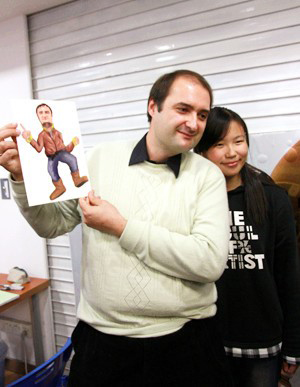
With the faith and fervor of the converted I followed the newest research in pedagogical theory. I constantly questioned myself. Was my class teaching-oriented instead of learning-oriented? Was I a “Sage on the Stage”, set apart from the students? What could I do to improve myself and my class? Lectures were evil, interaction was good. Students should learn by inquiry, not by being told things. I listened to many talks by gifted teachers who presented learning concepts and ideas for creating an inclusive classroom and encouraged student participation. I wanted to be more like them.
Synthesis
However, as much as I tried, none of these approaches seemed to be the perfect fit for me. I like explaining things. Quite immodestly, I feel that I can be pretty good at explaining things (otherwise why would I choose a teaching career?). I could see why certain old-fashioned lectures had problems; I had found many of them myself in my first attempts at teaching from the blackboard. But I slowly came to feel that abandoning the concept of a lecture in favor of more “modern” teaching techniques was not the way to go, at least for me.
When I used clickers in a course, it took a lot of time to distribute the hardware to students in the first class, just for this one course. When I set up the system in the classroom, posed a question, waited for students to use the clickers and then called up the results on my laptop, that often took 5-10 minutes. In a 90-minute class, this was a lot of time, just to ask a simple question.
The flipped-classroom course also received mixed results; students would watch the videos in their own time, come to class and ask questions, present homework, work on group projects, etc. But for understanding the material, they were initially completely alone. Of course they could reach me online by email or forums, but written communication is not the same as face-to-face contact. While some students loved the intensity that forced them to be well-prepared for every single class, others complained that they were having to do all the learning work themselves – was it not my job to teach them, rather than simply let them watch videos?
I thought about these things for a long time and came to the conclusion that should have been obvious from the beginning: Lectures aren’t evil or outdated. Active learning techniques can be very useful and provide students with a great learning experience, but are not the sole solution to teaching. Technology can provide valuable support, but not every technological innovation is worth the trouble. The audience matters most.
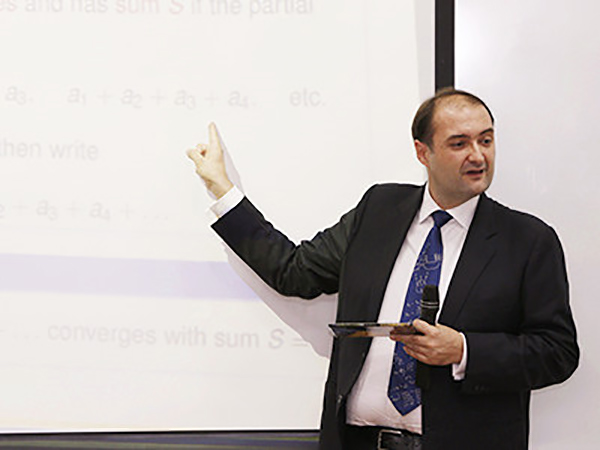
Currently, my preferred mode of teaching is the classical lecture, with what see as being useful enhancements:
I use lecture slides, which I provide to students at the beginning of the semester. They can annotate the slides on their tablets or computers or, if they must, print them out and write on them. Students no longer complain about the lack of a single textbook, since the 600+ slides provide more than enough guidance for them. They now consult the list of literature for additional examples and explanations, or a deeper look into the material.
I walk around the classroom, a lot. I never, ever, sit down. (This is a habit that I inherited from Germany, where no teacher would ever sit in front the students. In fact, I recall that in most classrooms, chairs were not provided for the lecturer).
I control the slides using a tablet, which allows me to not just move on to the next slides, but also annotate the slides, drawing lines, arrows, circles and other objects to emphasize what I am talking about. I stand just in front of the students and walk between the aisles, but very rarely on the podium, except to use the blackboard. In this way, I can teach from within the audience and students will turn their heads towards me. The physical interaction keeps everyone awake and at attention.
I will use the blackboard a lot for colorful sketches illustrating the mathematics. (Note: a sketch produced line-by-line and explained while it is created is much better than a ready-made, beautiful computer graphic. Students will learn much more from the hand-drawn version.)
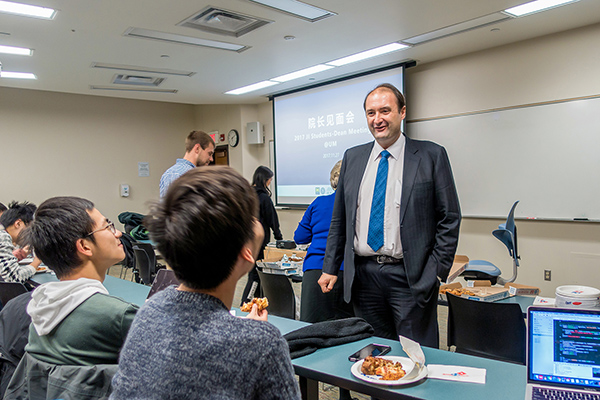
By continuously walking and talking from among the students, there is no physical separation between me and my audience. We discover the material together, figuratively as well as literally. I can ask questions directly to students, not just from far away to the general audience, but from right next to a student, even if she is sitting at the back of the room.
I also get a very good feeling of how well the students understand what I am trying to teach. It is easy to read the subtle and not-so-subtle signs of confusion or boredom when one is right in the middle of the audience. Instead of spending time with electronic voting devices, I can try different explanations or alternative reasoning to get my point across. With 50-200 students (my usual class size) I have found this to work very well.
There is not too much discussion, except that which is generated by questions from students to me or from myself to students. I am teaching a lecture, after all, not a seminar. I see the role of a mathematics lecturer as a guide to complicated material whose presentation has been refined over literally hundreds of years. For undergraduate students to find their way, a teacher’s role is paramount.
Conclusion
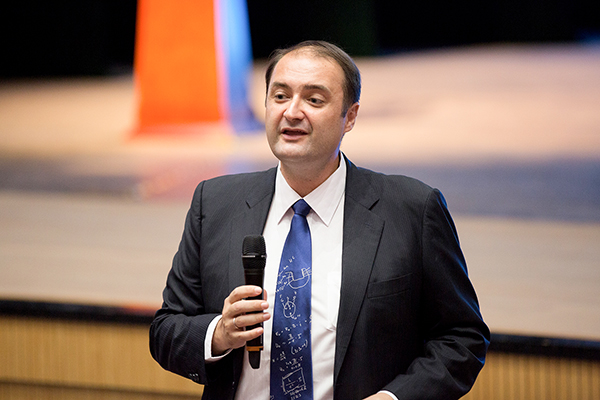
It needs to be said that the above conclusions are entirely my own; they apply to me as a mathematics teacher with class sizes of 50-200 students. For smaller classes, the lecture format may be less useful than an approach using more discussion time and active-learning techniques. For larger classes, student response systems and other technological tools for interaction may become more useful again. For subjects other than mathematics, which has a very large corpus of theory, perhaps more student discussion is advisable.
But the main point I wish to make here is: the concept of a classical lecture is not dead!
In my opinion, an online course can never replace the personal interaction with a teacher that is possible in a well-organized lecture. Pure learning by discussion and self-discovery is not practical in highly theoretical classes where a large volume of abstract material needs to be covered. Technology can provide valuable support for a lecture, but, for example, electronic voting is no match for an instructor’s “reading” of the classroom atmosphere. For all these reasons, I feel that a lecture remains an essential tool of teaching.
But what works for me may not work for you! If you are a teacher, your passion will lead you down many different paths to communicating with your students. You may disagree with my approach. (In fact, I hope that at least some of you do!) The one truly important thing is that you follow your instincts and try to find a teaching method that fits you and your students best. So my final message is: do not automatically believe everything you hear or read about what is the “best” approach to teaching, but rather Question Everything!
Brief biography of Horst Hohberger
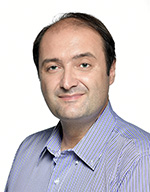 Horst Hohberger is an Associate Teaching Professor for Mathematics at the UM-SJTU Joint Institute (JI) and also serves as the Faculty Advisor for International Programs. Upon joining JI in 2007, he led the development of the mathematics curriculum and helped establish the processes ensuring academic integrity among students, based on JI’s Honor Code. For his teaching, he has received numerous awards, funding and prizes from Shanghai Jiao Tong University and the Shanghai City Government. From 2014, he has spearheaded JI’s broader international engagement with academic partners in Europe and the United States, helping establish academic exchanges and degree programs with leading international universities. Dr. Hohberger received his Ph.D. from the University of Potsdam, Germany in 2006. His research interests include semiclassical asymptotics, scattering theory and Maslov operators, as well as academic integrity in international engineering education.
Horst Hohberger is an Associate Teaching Professor for Mathematics at the UM-SJTU Joint Institute (JI) and also serves as the Faculty Advisor for International Programs. Upon joining JI in 2007, he led the development of the mathematics curriculum and helped establish the processes ensuring academic integrity among students, based on JI’s Honor Code. For his teaching, he has received numerous awards, funding and prizes from Shanghai Jiao Tong University and the Shanghai City Government. From 2014, he has spearheaded JI’s broader international engagement with academic partners in Europe and the United States, helping establish academic exchanges and degree programs with leading international universities. Dr. Hohberger received his Ph.D. from the University of Potsdam, Germany in 2006. His research interests include semiclassical asymptotics, scattering theory and Maslov operators, as well as academic integrity in international engineering education.





